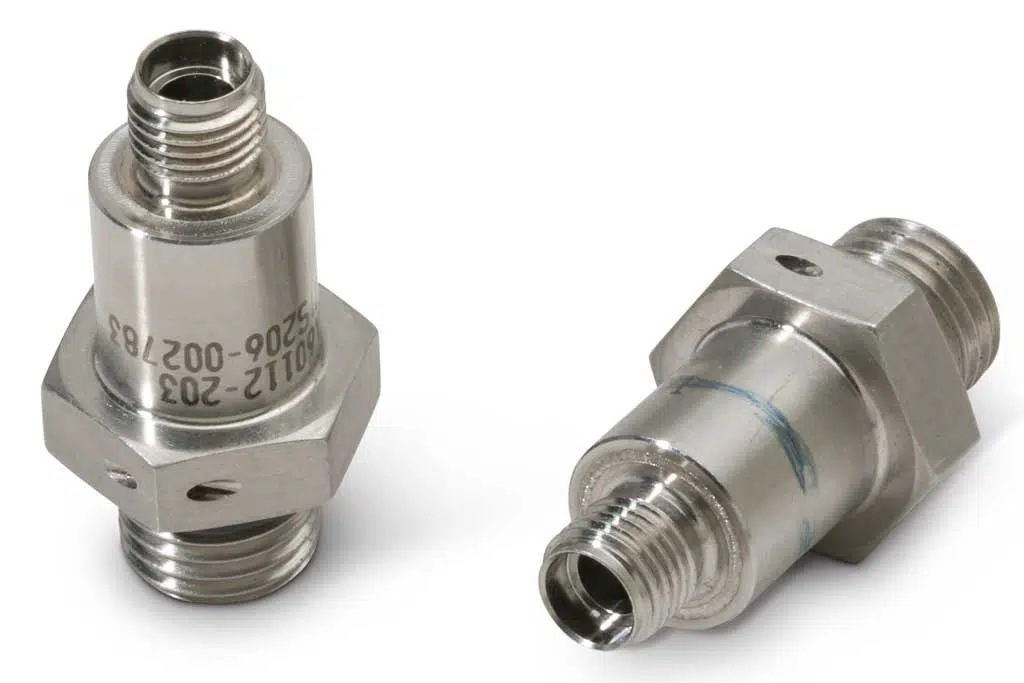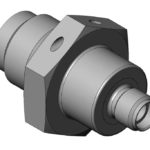
Laser Detonator
Product Description
Laser detonators can be used in applications requiring shock or severe mechanical impulse to operate. The detonation output is useful for setting off adjacent high order energetics, including transfer lines, or for rupturing adjacent surfaces for various purposes such as releasing pressure or intentionally inducing structural failure mechanisms (e.g. bulkhead or pressure vessel breaching, shape charge activation, etc.).
Key Features
How Laser Detonator Works
Laser detonators perform the same roles as conventional detonators, although they use an alternate activation method – infrared laser light. Laser initiated devices offer unique characteristics Laser Detonator over electrically ignited devices. They are ESD, RF and EMI/EMP immune which can be advantageous in certain design applications. They also generally present a system weight reduction for cabling because the fiber optic lines weigh less than typical copper lines and energetic transfer lines. We have qualified designs which utilize 100, 200 and 400 micron fiber optic cable assemblies and our Dual Fiber approach to support Optical BIT. Any of the current designs can be adapted to other specified fiber optic systems while supporting redundant initiation.
Reliability and safety have been demonstrated on these designs as attested by the approval of range safety and man rated system uses plus qualification to MIL-DTL-23659.
Our laser detonator designs use either primaries to generation the detonation event or all approved secondaries and approved pyrotechnic material in a run-up design. Thus it is possible to provide a MIL qualified Laser Detonator design which is completely primary free.
Specifications
- All-Fire
(99.9% reliability @ 95% confidence)
200mw/5ms (1 mj) to 20.4mj/11ms
(Depending on ordnance material, fiber size, and device design) - Function Time
Typical <2ms, Max 5 ms for 100um fiber input at
99.9% reliability @ 95% confidence firing level - Operating Temperature
Typical -65F to +165F - No-Fire
(5 minute)
(99.9% reliability @ 95% confidence) - Wavelength
Typical 808 nm, 980 nm, 1064 nm
depending upon device - Applicable Specifications
Tested to RCC-319
Qualified to MIL-STD-23659 Appendix A
Explosives from MIL-STD-1750
Compliant with MIL-STD-1901A

